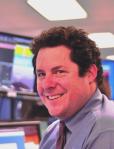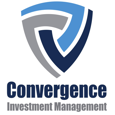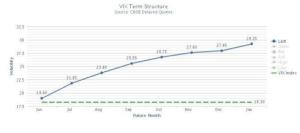
June 26, By Nathaniel Popper
MarketsMuse Editor Note: In what might prove to be the catalyst for even greater scrutiny of securities industry practices re market transparency, below extracts of article from front page of NY Times June 26 Business Section i.e. profile “lit” v. “dark” liquidity centers–and the nuances by which investor order flow is administered, and the impact on market integrity makes for a good read.
While most people trading stocks at home imagine their orders zipping from their brokers onto one of the nation’s stock exchanges, almost none of the trades go anywhere near those public markets.
In reality, most trades placed through online brokers like TD Ameritrade and Scottrade are sold to Wall Street firms, which accumulate and trade against tens of millions of these shares a day, rather than send them to a regulated exchange like Nasdaq or the New York Stock Exchange. The Wall Street firms then quickly flip them and turn an easy profit because they have more resources and market knowledge than mom-and-pop investors.
The trading, which takes place away from the gaze of regulators and the public in what are known as the dark markets, has taken off in recent years and steadily eaten into the portion of all stock trading that takes place on the public exchanges. Now, though, the exchanges are fighting back by looking to create dark markets of their own.
NYSE Euronext, the company that owns the exchange, is asking regulators to approve a new platform that would attract orders from ordinary investors and then divert them away from the normal exchange with the aim of getting the investor a better price. Nasdaq and the exchange company Direct Edge said they have similar plans in the works.
The proposal looks like a technical tweak to help ordinary investors. But it has become the front line in a battle over what the nation’s stock markets should look like after nearly a decade of fragmentation has resulted in over a third of all stock trades occurring in the dark, up from 15 percent in 2008, according to Rosenblatt Securities, a brokerage firm.
In the past, the exchanges have pushed regulators to force the dark markets to become better lit, but James Allen, the head of capital markets policy for the CFA Institute, said that with the new proposals the exchanges are acknowledging “that if you can’t beat them, join them.”
The practice [payment for order flow] took off after a series of regulatory changes over the last decade made it easier to trade off exchanges and more expensive to trade on exchanges. Today, four firms — Knight Capital Group, UBS, Citigroup and Citadel — have made a business out of paying for retail trades and trading against them. These firms generally pay retail brokers 15 cents for every 100 shares they are sent to trade against, industry experts say.
“…The retail brokers contend that the internalizers allow them to get the quickest and best execution for their customers…” Continue reading →








